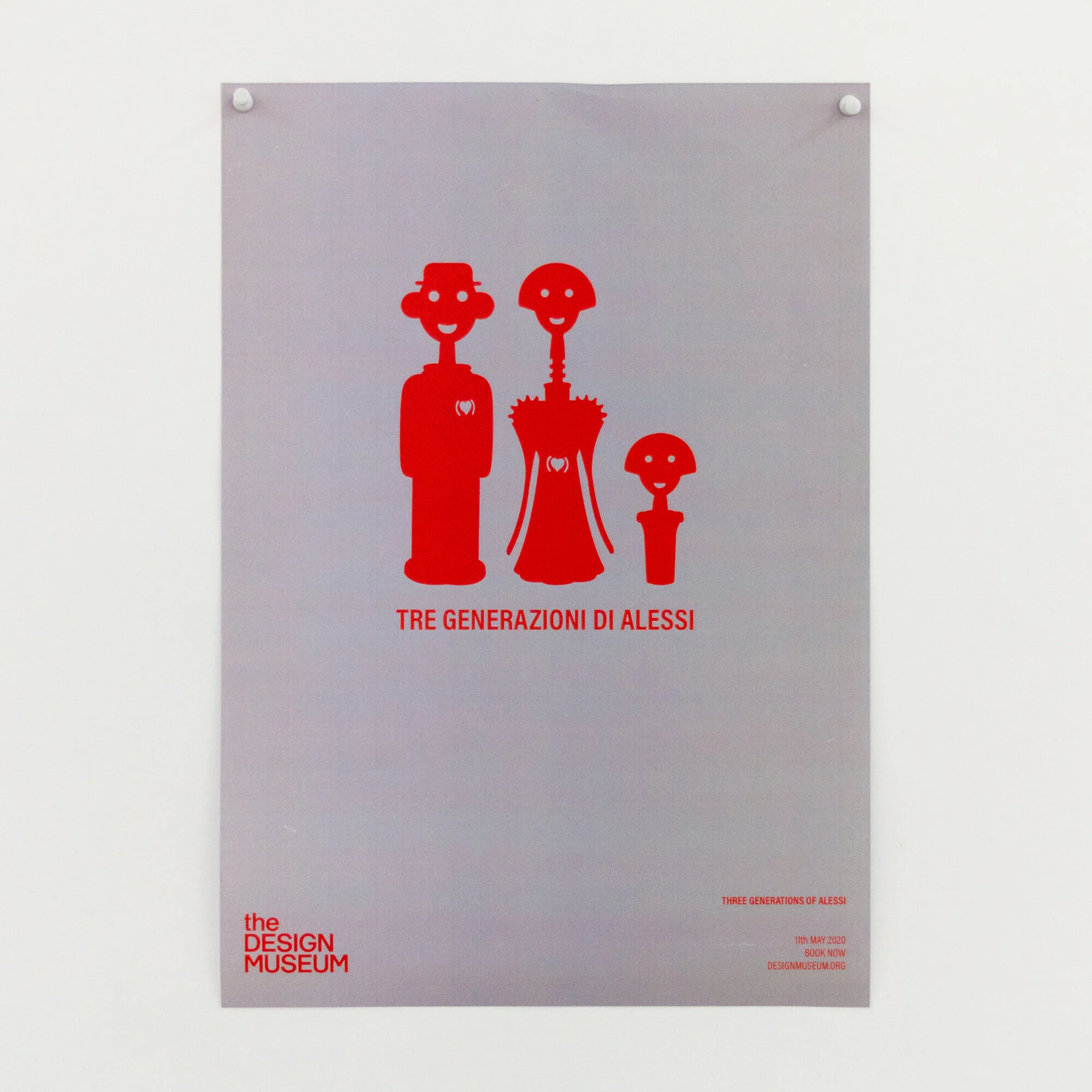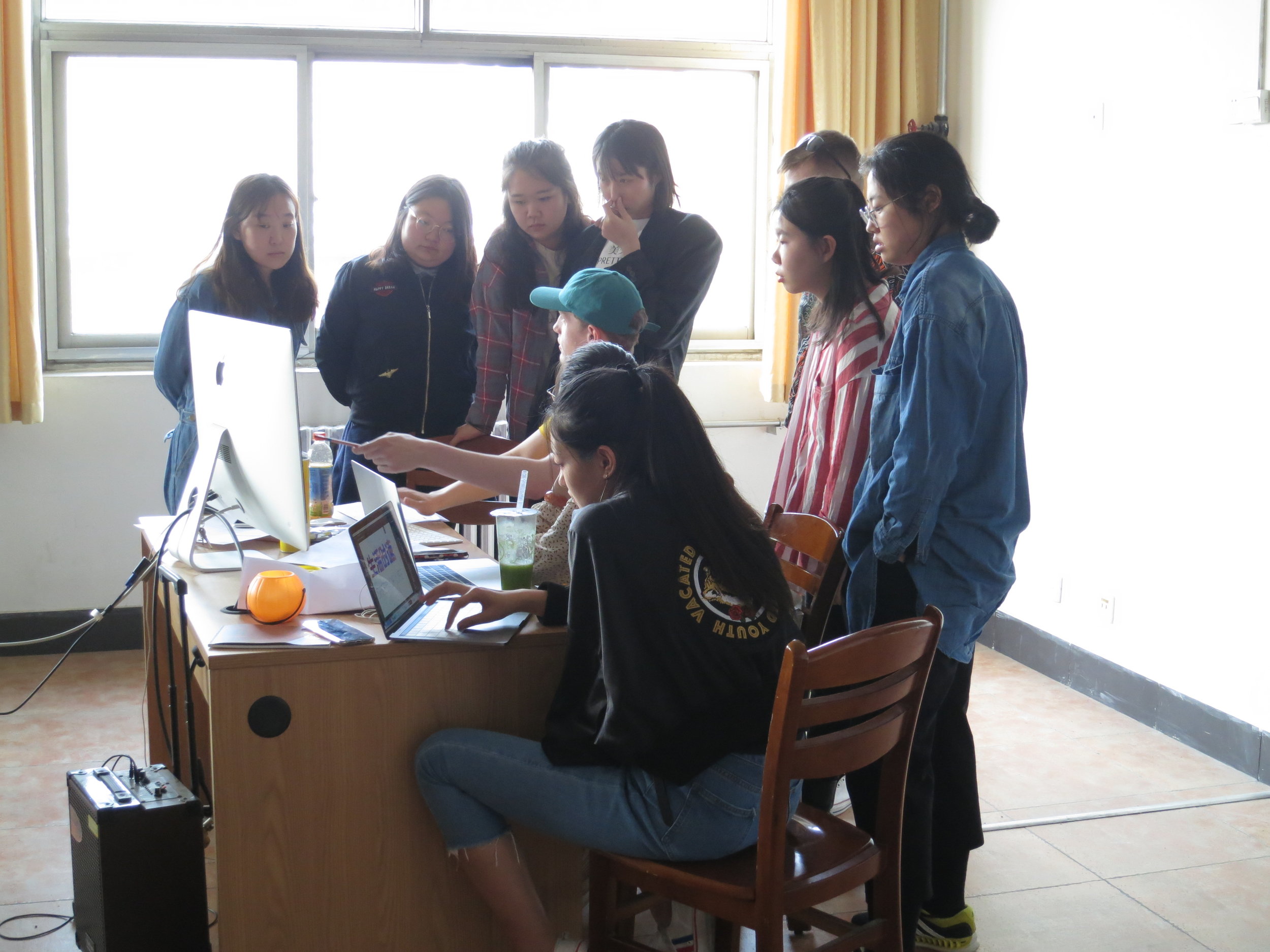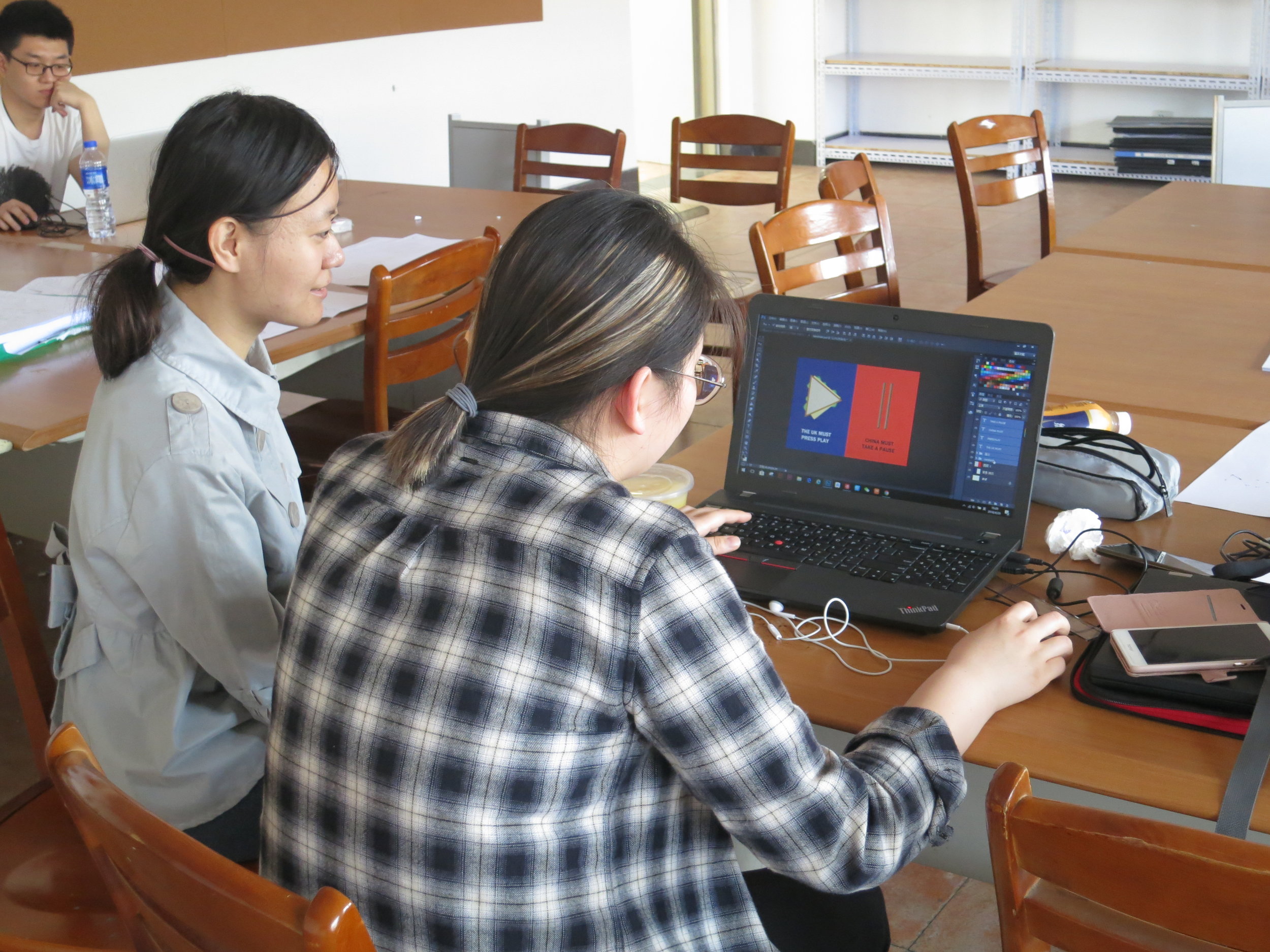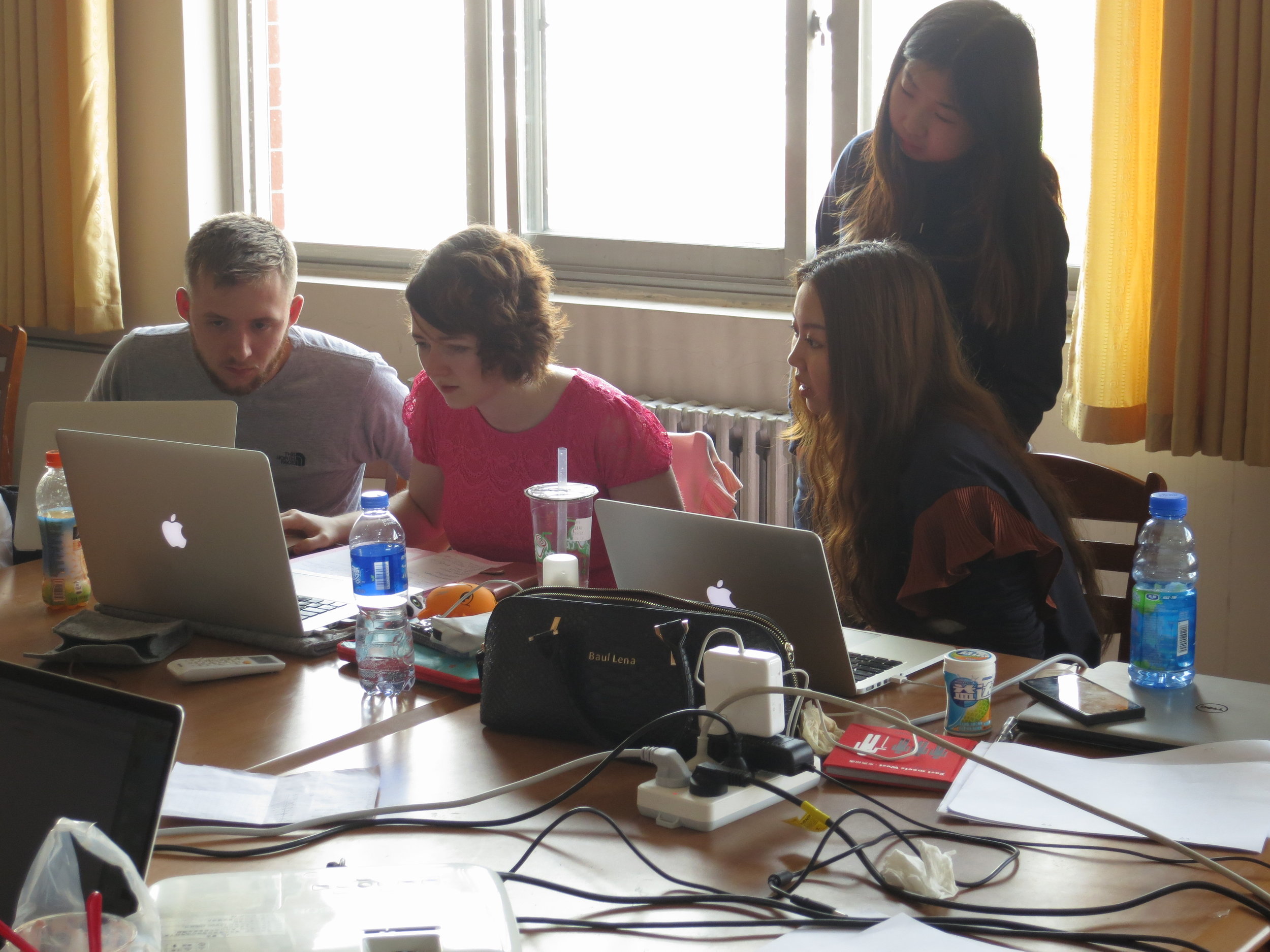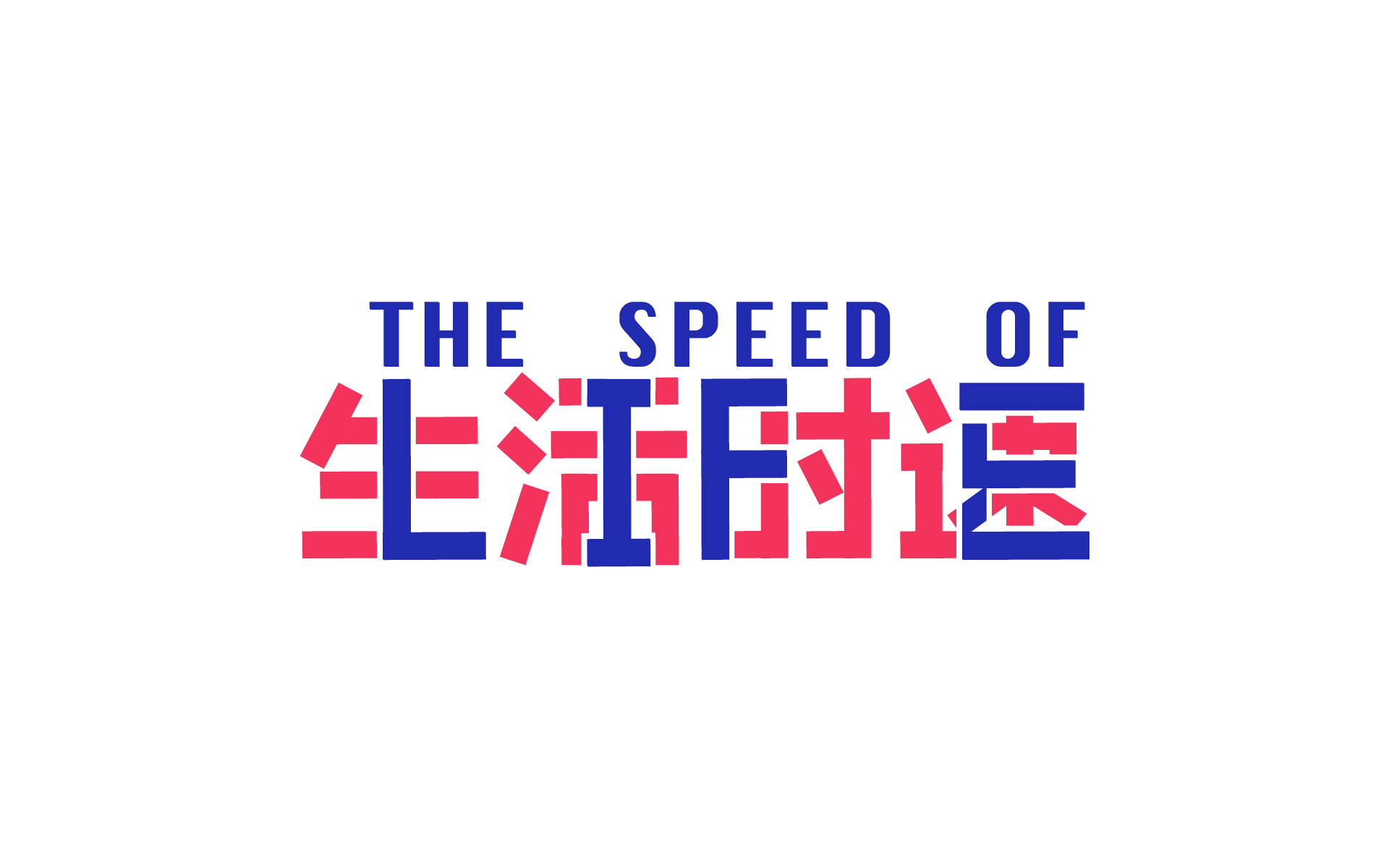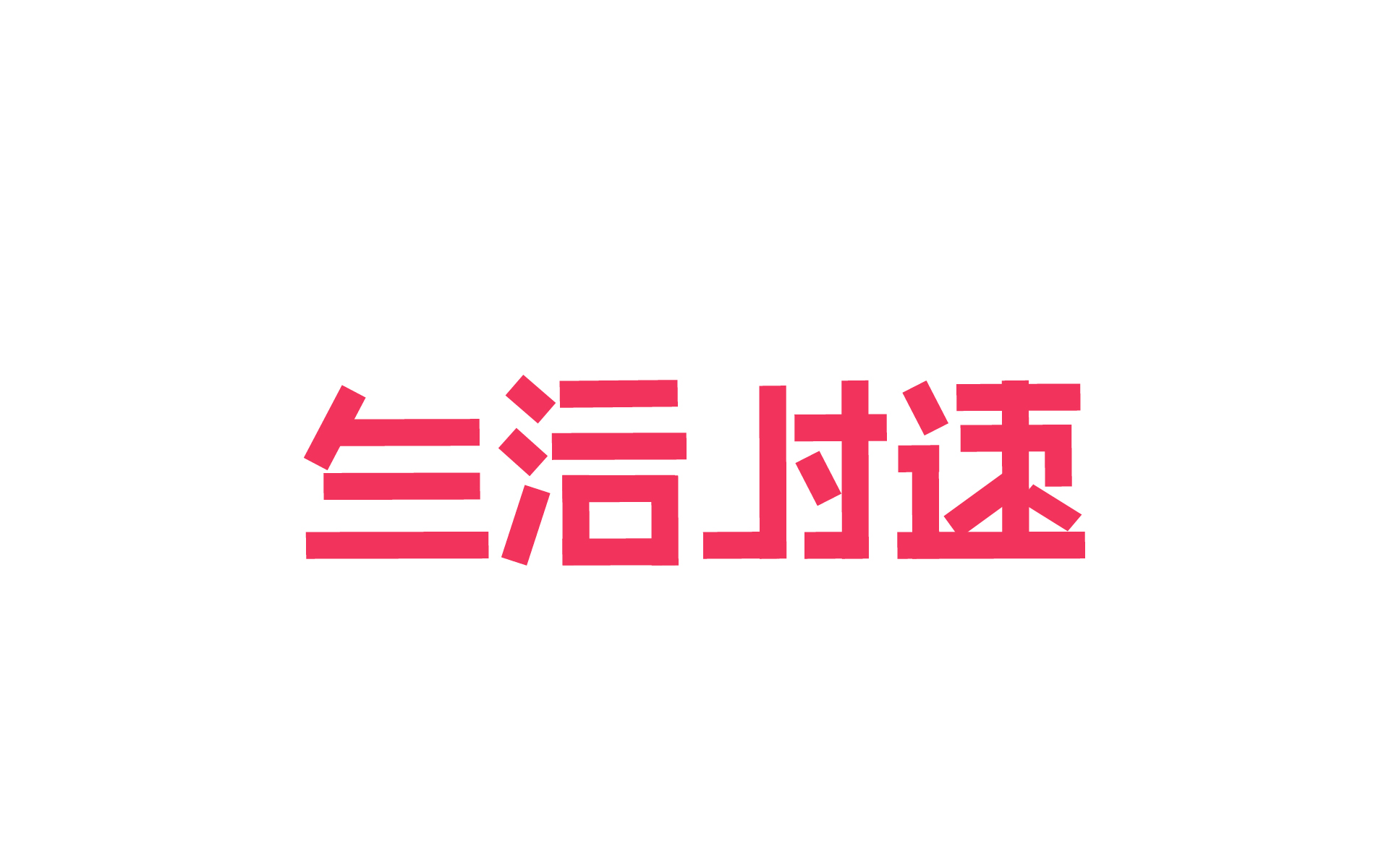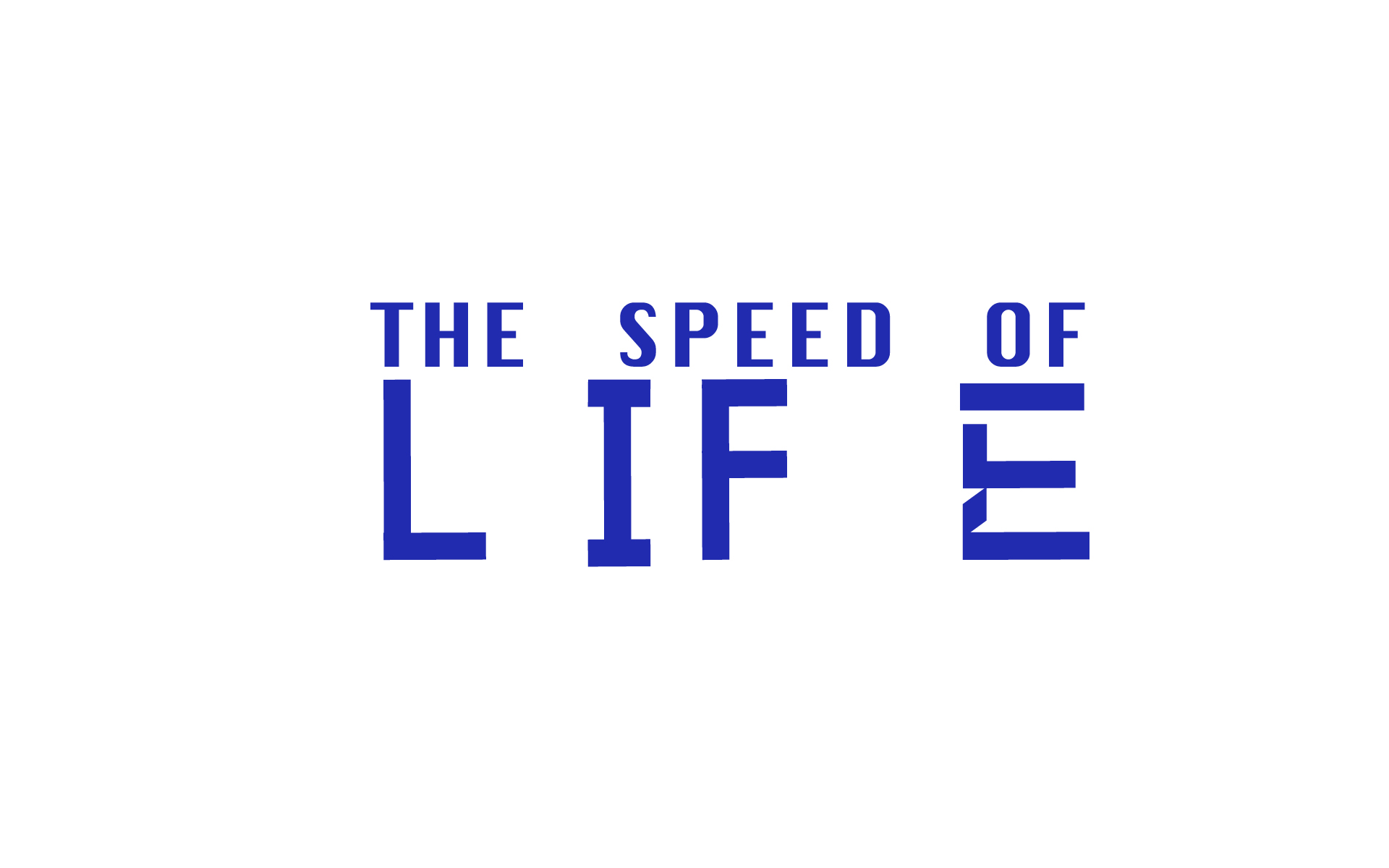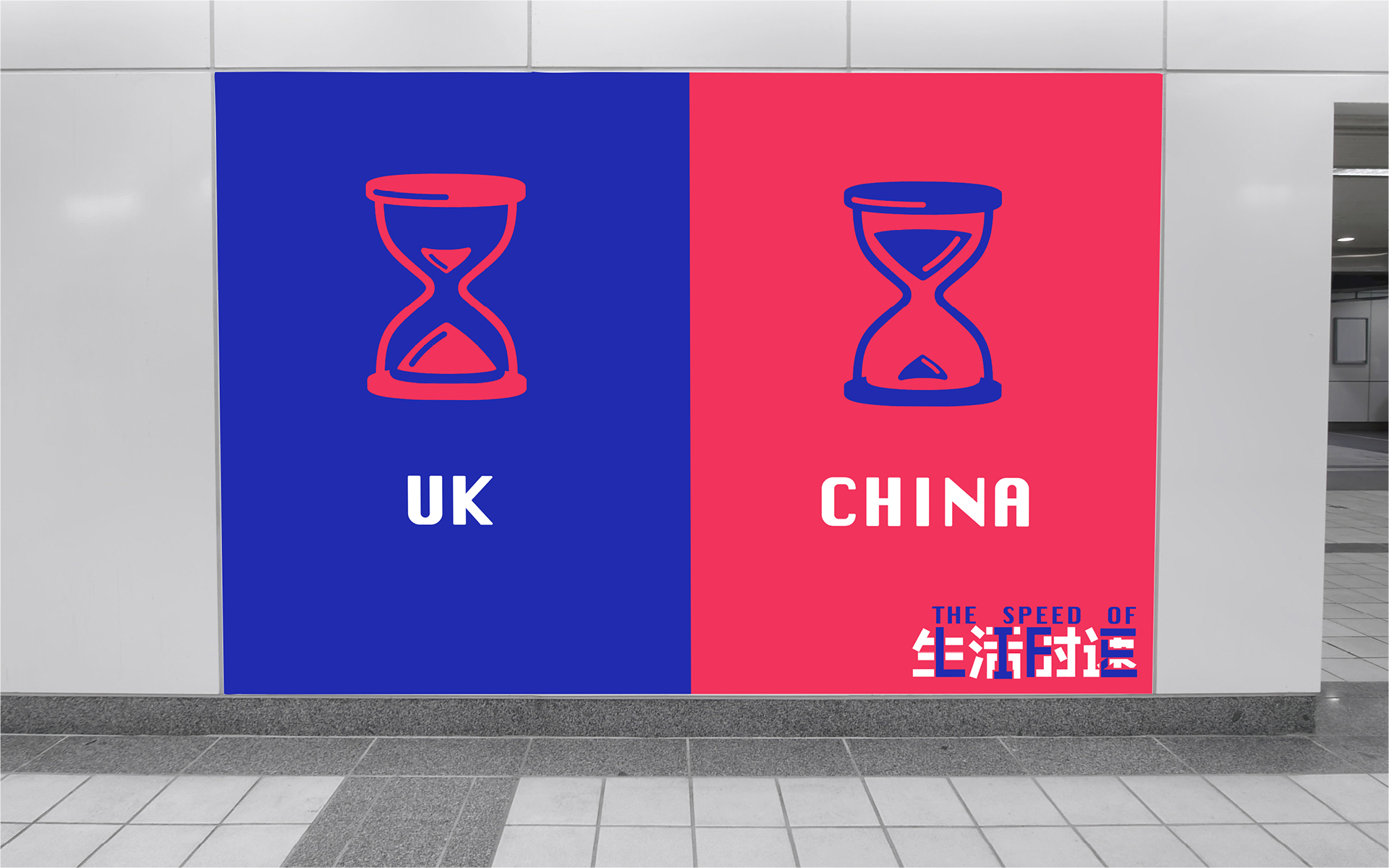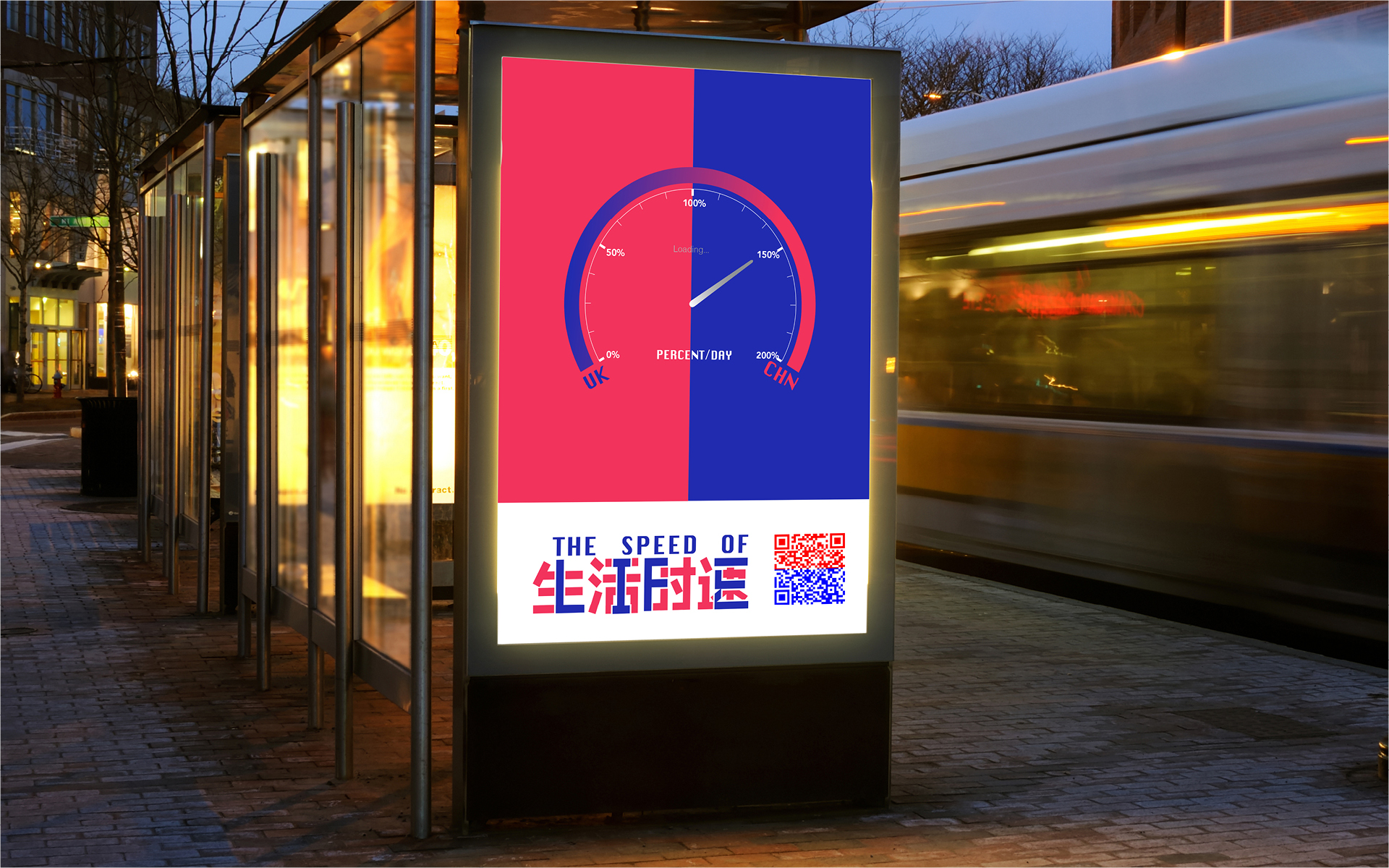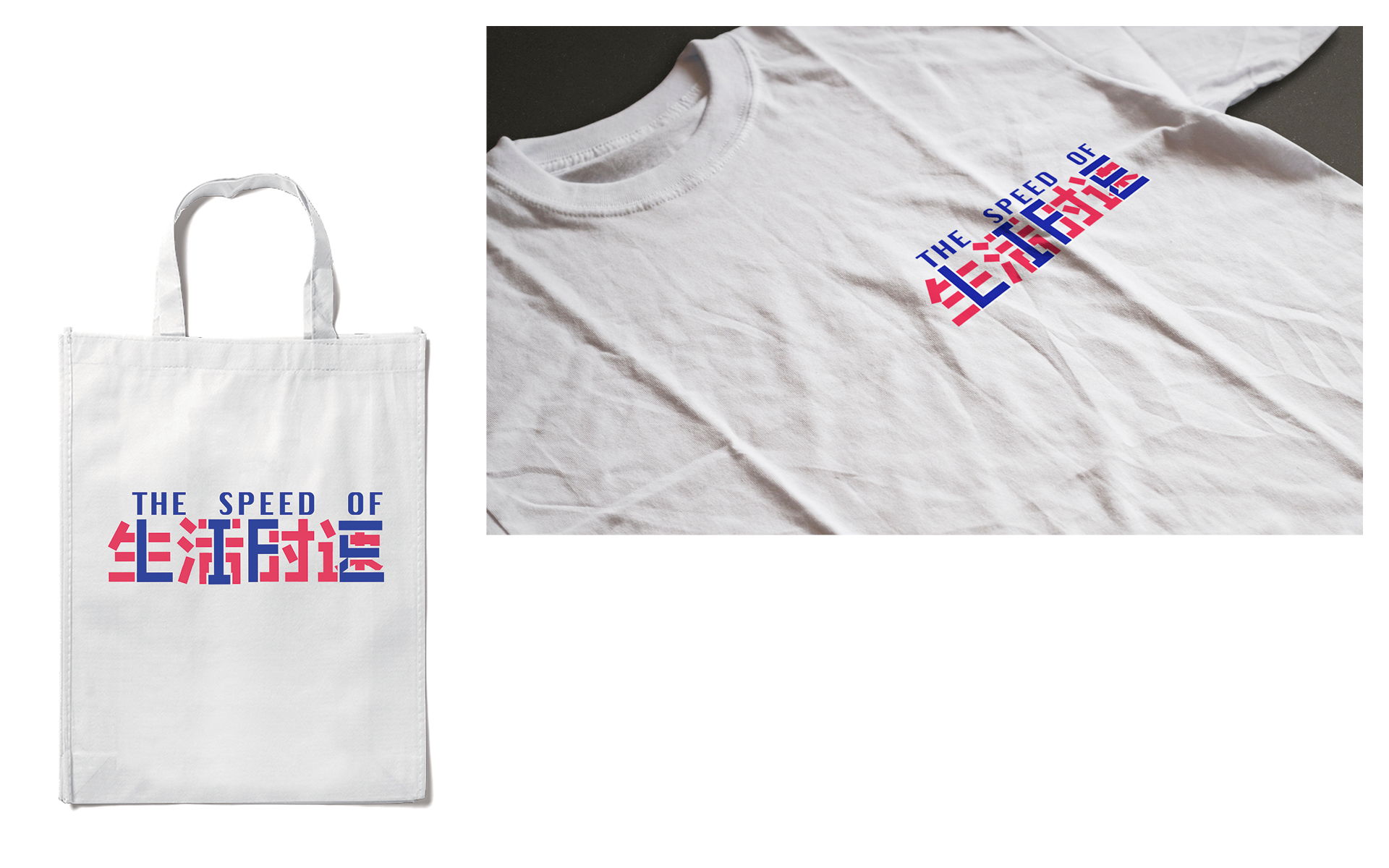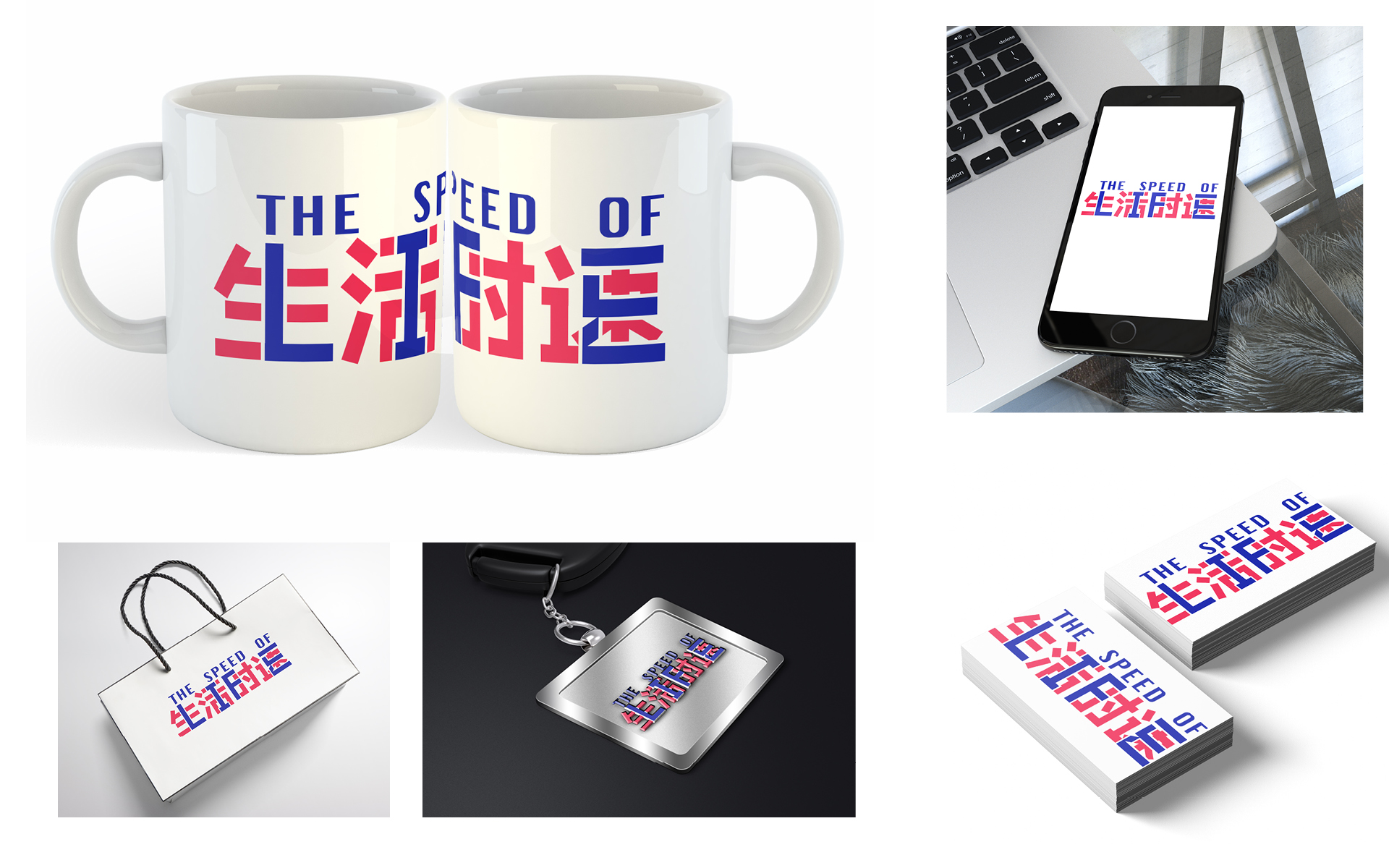The Brazilian Creative Club (Clube de Criação) - Re-reborn
/Advertising lecturer, Guy Lawrence, has recently seen this piece of work for sharing here on The Disciples. A winner at Cannes Lions, Clio and London International Awards; the project promoted the Brazilian Creative Club Festival – the biggest event in Brazilian advertising – in a way that is truly new.
Technology and creativity evolve at a dizzying pace. So how to promote the Brazilian Creative Club Festival – the biggest event in Brazilian advertising – in a way that is truly new? With an idea that changes like the world: every second. Using an exclusive algorithm, we created a campaign that was mutable in all its aspects: logo, tagline, colors and typography. A campaign that never repeated itself. The result was 9 different posters: each version of them could be seen only once. As they were living and mutating, the posters were digital-only: they were never printed or shown in a static way to the audience. Each one had its individual link, so the algorithm could work in real time. And we also replaced traditional media by an innovative one. The mutating posters were turned into guerrilla projections in dozens of different sizes on places that are often visited by our target audience: agency professionals, producers, students, and artists.







